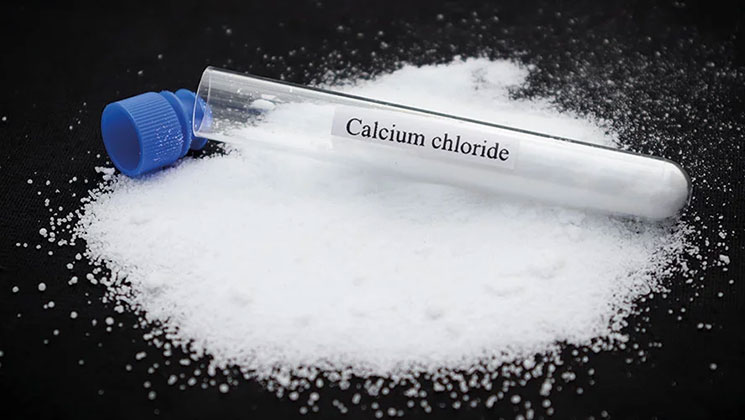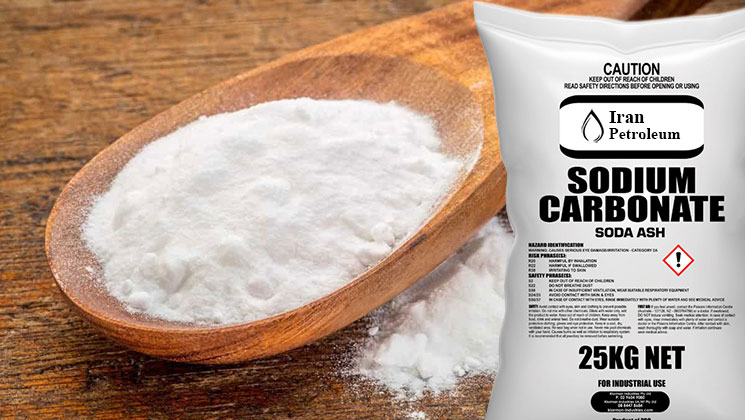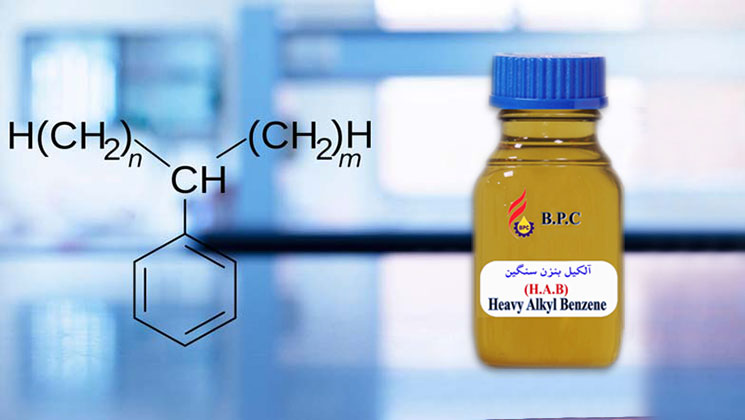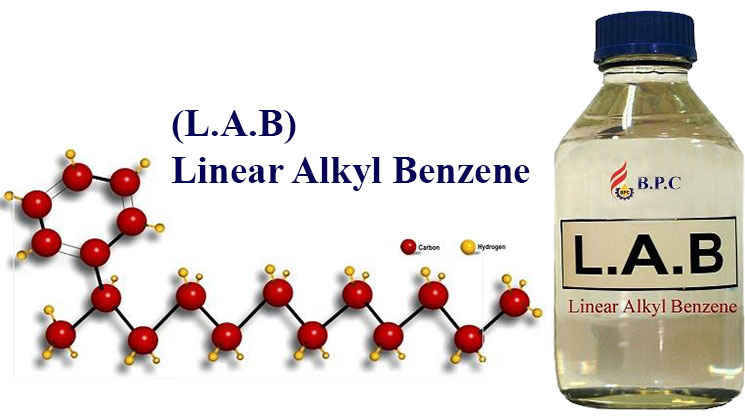Calcium Chloride
In this article, we will discuss the nature of Calcium Chloride, and its characteristics. It is also intended to provide the readers with efficient information on various types of it, their unique features, and applications. Moreover, it provides an explanation about Iran’s Calcium Chloride production, and its privileges.
What is Calcium Chloride?
Calcium Chloride, denoted by the chemical formula CaCl2, is a salt that is widely used across various industries due to its high solubility in water and versatile properties. This compound can be produced through multiple methods, including the reaction of limestone with hydrochloric acid or as a by-product of the Solvay process.
Calcium Chloride’s specific features
It is a salt compound with various features. Here are some of its features:
Solubility: It is an extremely soluble compound in water, exhibiting a solubility of 74 grams per 100 milliliters at room temperature. This characteristic makes it a valuable ingredient in numerous applications, including but not limited to de-icing roads and sidewalks, controlling dust, and serving as a food additive.
Hygroscopicity: It is a compound that exhibits a high degree of hygroscopicity, which refers to its capability to attract and retain moisture from the surrounding air. This property makes it an effective desiccant or drying agent in a wide range of applications.
Corrosiveness: It is a highly corrosive substance that can cause damage to certain metals, including aluminum and zinc. As a result, its use may be limited in certain applications where these metals are present.
Density: It is a chemical compound with a density of 2.15 g/cm³, which is higher than that of water.
Melting and boiling point: It has a remarkably high melting point of 772 °C and a boiling point of 1,935 °C. Due to these properties, it is extensively used in various high-temperature applications. For instance, it is used as a coolant in refrigeration systems and as an additive in concrete to accelerate the setting process.
Click on the link below to read more:




